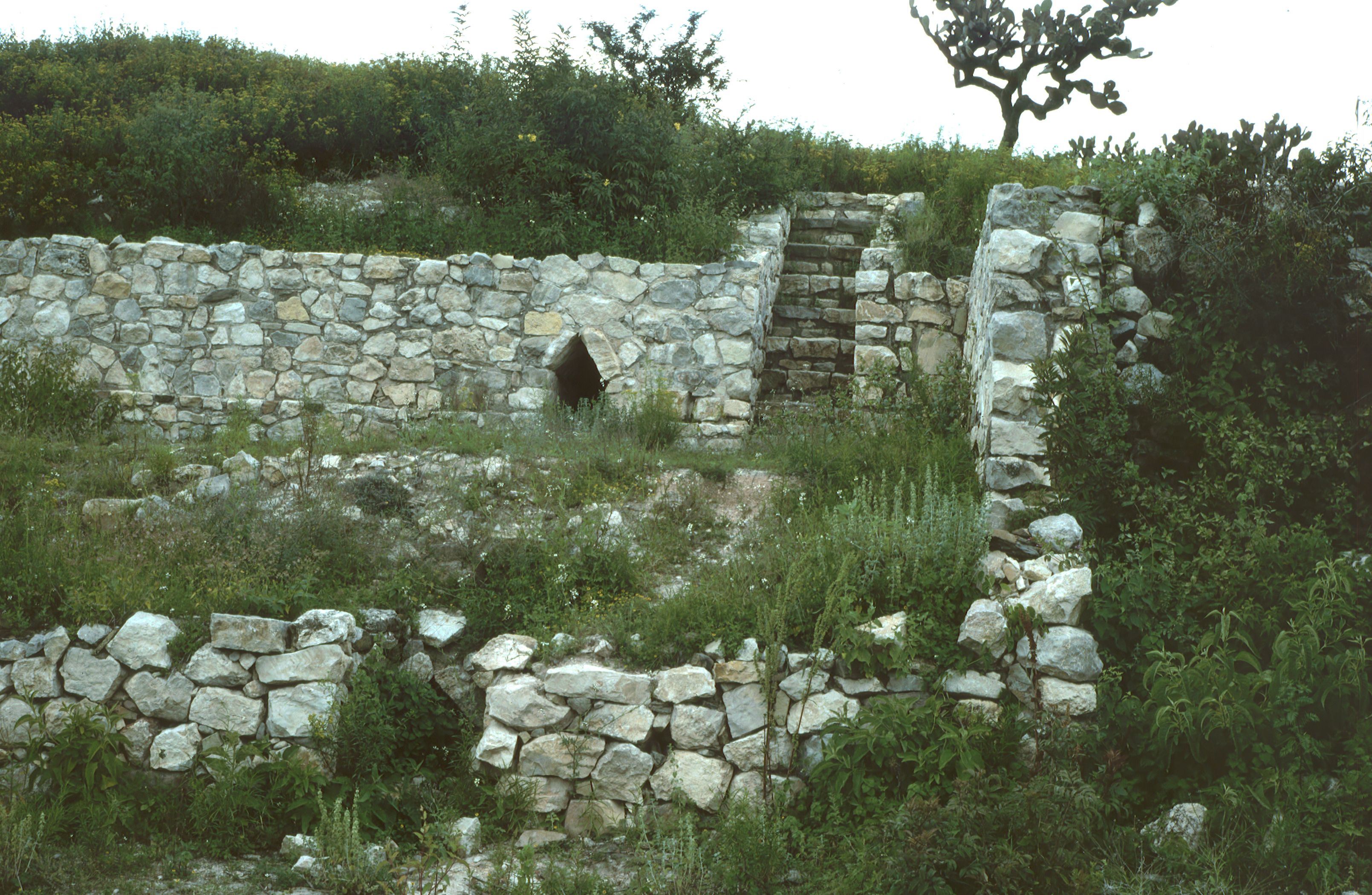Yucuita on:
[Wikipedia]
[Google]
[Amazon]
 Yucuita (
Yucuita (
Yucuita
at Oaxaca's Tourist Guide * Blomster, Jeffrey P. (2007)
at the Fundación para el Avance de los Estudios Mesoamericanos, accessed March 2, 2007. * Caso, Alfonso (1977): ''Reyes y reinos de la Mixteca'', Fondo de Cultura Económica, México. * Vela Ramírez, Enrique y maría del Carmen Solanes (2001): ''Imágenes históricas de la arqueología en México''. Special issue of ''Arqueología mexicana'', May 2001. This article is a free translation of the Yucuita article at the Spanish Wikipedia. {{coord, 17, 30, N, 97, 16, W, region:MX_type:mountain_source:kolossus-itwiki, display=title Mesoamerican sites Mixtec sites Former populated places in Mexico Archaeological sites in Oaxaca
 Yucuita (
Yucuita (Mixtec
The Mixtecs (), or Mixtecos, are indigenous Mesoamerican peoples of Mexico inhabiting the region known as La Mixteca of Oaxaca and Puebla as well as La Montaña Region and Costa Chica Regions of the state of Guerrero. The Mixtec Culture w ...
: ''Yúku'ita'', meaning ''Hill-flower'', or ''Hill of Flowers'') is an archaeological site located in the Mixtec municipality of San Juan Yucuita in the Mexican state of Oaxaca
Oaxaca ( , also , , from nci, Huāxyacac ), officially the Free and Sovereign State of Oaxaca ( es, Estado Libre y Soberano de Oaxaca), is one of the 32 states that compose the political divisions of Mexico, Federative Entities of Mexico. It is ...
. It was founded by the Mixtec civilization
The Mixtecs (), or Mixtecos, are indigenous Mesoamerican peoples of Mexico inhabiting the region known as La Mixteca of Oaxaca and Puebla as well as La Montaña Region and Costa Chica Regions of the state of Guerrero. The Mixtec Culture wa ...
in the pre-Classic Period as a small village dedicated to agriculture
Agriculture or farming is the practice of cultivating plants and livestock. Agriculture was the key development in the rise of sedentary human civilization, whereby farming of domesticated species created food surpluses that enabled people t ...
and obsidian.
Because of its antiquity and its long-term continuous occupation (from the fourteenth century BCE
Common Era (CE) and Before the Common Era (BCE) are year notations for the Gregorian calendar (and its predecessor, the Julian calendar), the world's most widely used calendar era. Common Era and Before the Common Era are alternatives to the or ...
to the ninth century CE), Yucuita is one of the most studied Mixtec archaeological sites.
Description
Located in a small plain of Oaxaca's Sierra Mixteca, Yucuita is some northeast of the city ofOaxaca
Oaxaca ( , also , , from nci, Huāxyacac ), officially the Free and Sovereign State of Oaxaca ( es, Estado Libre y Soberano de Oaxaca), is one of the 32 states that compose the political divisions of Mexico, Federative Entities of Mexico. It is ...
, the capital of the state.
Although the precolumbian Mixtecs were not characterized by monumental architecture, in Yucuita there are two architectonic complexes that have been the object of numerous investigations since the 1930s, when Esteban Avendaño Esteban () is a Spanish male given name, derived from Greek Στέφανος (Stéphanos) and related to the English names Steven and Stephen. Although in its original pronunciation the accent is on the penultimate syllable, English-speakers tend t ...
explored the zone (1933).Vela and Solanes (2001, p.40) The most recent excavations at the site were in 1976-80 by the National Institute of Anthropology and History
National may refer to:
Common uses
* Nation or country
** Nationality – a ''national'' is a person who is subject to a nation, regardless of whether the person has full rights as a citizen
Places in the United States
* National, Maryland, c ...
(INAH).
One of these complexes was dedicated to the living quarters of the governing elite. It consists of a platform constructed on the slope of a hill. The platform supports the remains of living quarters set around a central patio. The second complex was a ceremonial center, of which only part of the platform and two long walls remain. One wall is 70 m long by 4 m high (230 ft by 13 ft). At right angles to it is another wall, long. On the northern side of the first wall is a narrow stairway leading to the top of the platform. Near the stairway is a narrow tunnel roughly in length, which served for drainage and as a passageway.
See also
*List of oldest buildings in the Americas
This article lists the oldest known surviving buildings constructed in the Americas, including on each of the regions and within each country.
"Building" is defined as any human-made structure used or interface for supporting or sheltering any use ...
*Etlatongo Etlatongo is an archaeological site in Oaxaca, Mexico. Situated in the Nochixtlán Valley within the Mixteca Alta, Etlatongo encompasses both a Formative Period site, located between two rivers, and a Classic/Post-classic site, on a hill to the no ...
* Yucuñudahui
Notes
References
Yucuita
at Oaxaca's Tourist Guide * Blomster, Jeffrey P. (2007)
at the Fundación para el Avance de los Estudios Mesoamericanos, accessed March 2, 2007. * Caso, Alfonso (1977): ''Reyes y reinos de la Mixteca'', Fondo de Cultura Económica, México. * Vela Ramírez, Enrique y maría del Carmen Solanes (2001): ''Imágenes históricas de la arqueología en México''. Special issue of ''Arqueología mexicana'', May 2001. This article is a free translation of the Yucuita article at the Spanish Wikipedia. {{coord, 17, 30, N, 97, 16, W, region:MX_type:mountain_source:kolossus-itwiki, display=title Mesoamerican sites Mixtec sites Former populated places in Mexico Archaeological sites in Oaxaca